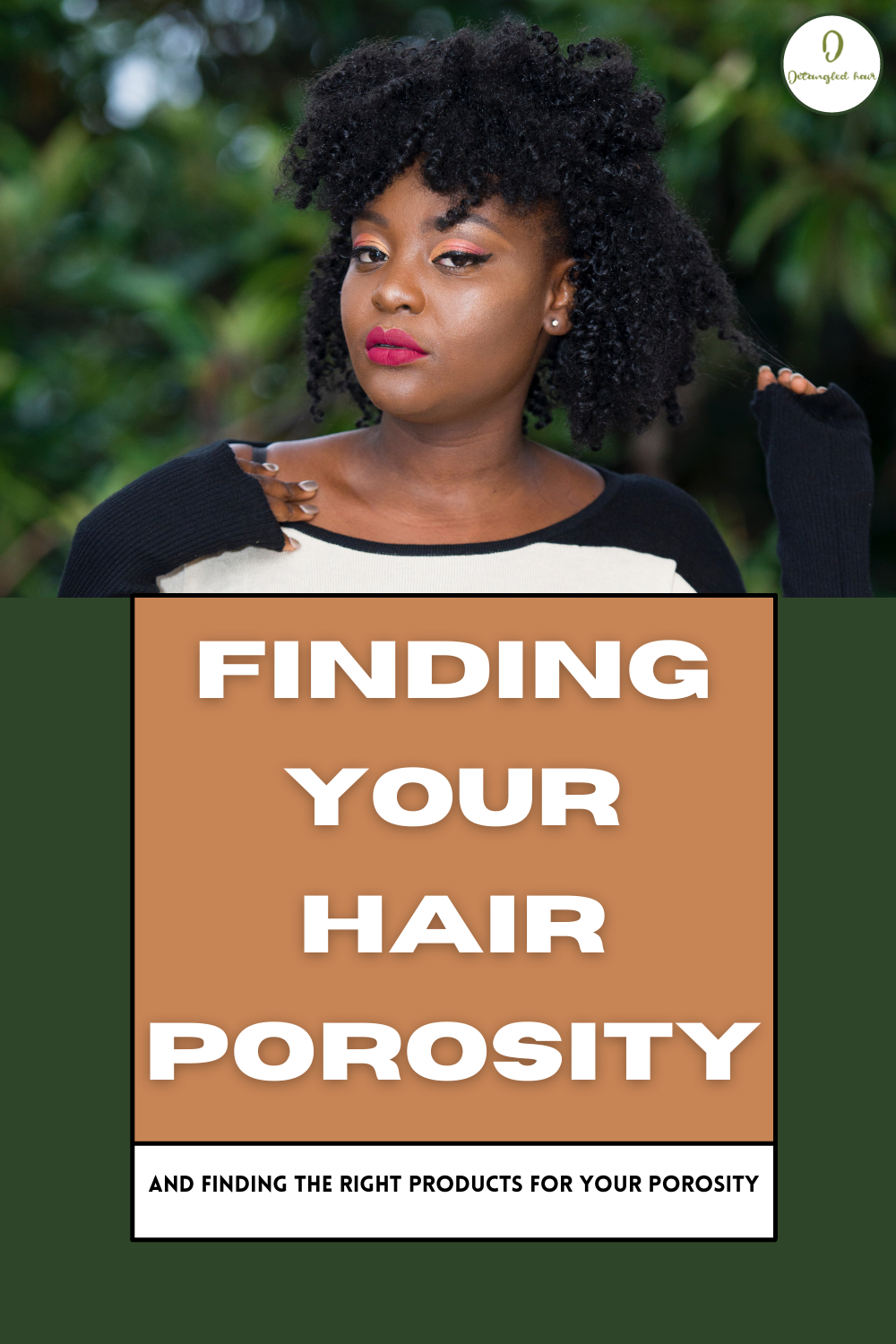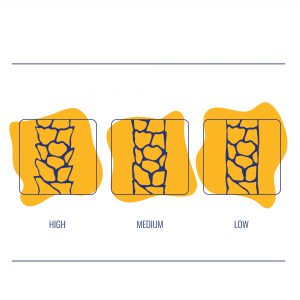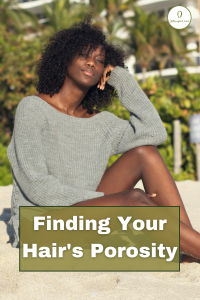
Understanding Hair Porosity
If hair porosity is an element of hair care that you hear a lot about, but don’t really understand, don’t worry you are not alone! We are going to break it down for you so that it will make it easier for you to tweak your hair needs taking into account your hair porosity.
The Structure of Our Hair

To understand the concept of hair porosity it is useful to an understanding about the structure of your hair which consists of 3 layers:
–The Cuticle-this is the tough protective outer layer of your hair which is made up of smaller cuticles that overlap similar to root tiles or scales.
–The Cortex-this is the thickest layer of your hair that contains fibrous proteins and the pigment (melanin) that gives you hair its colour.
–The Medulla-This is the soft central part of the hair shaft
So What Is Porosity?
Porosity refers to the hair’s ability or inability to absorb and retain water (and chemicals) into the hair cortex. The degree of hair porosity on each individual varies based on the level of processes that your hair has been through and genetics can also play a part. So for example, if your hair has faced a traumatic styling event such as permanent colouring or a chemical relaxer, the protein structure of your hair is attacked and the protective cuticle shielding becomes worn down and torn which can lead to split end and breakage, effecting the porosity of your hair.
3 Types of Porosity

Low Porosity
Hair that is describe as Low Porosity has cuticles that are close together, does not easily absorb moisture and resists chemical treatments (such as colouring your hair). Low porosity hair is generally quite healthy and has probably not been exposed to cuticle degrading treatments. If you have low porosity hair you may notice that some products may sit on your hair and don’t adsorb easily. You may also find that it’s hard for water to saturate your hair when washing and it may take a long time for your hair to air dry.
Medium Porosity
Hair that is describes as Medium Porosity has cuticles that are less tightly bound. This is the ideal porosity for most people to have, as it is in the middle of the two extremes. Having medium porosity allows hair to readily accept and retain moisture but also accept chemical treatments like hair colouring. If you have medium porosity hair you may find that your hair is easy to style and can hold styles for a good length of time. You may also find that your hair tends to look healthy and doesn’t take too long to air dry.
High Porosity
Hair that is describe as High Porosity has cuticles that are more widely spaced. High porosity is caused by anything that degrades or in any way changes the cuticle. This can include chemical relaxers and colours, using sulphate rich stripping shampoos, excessive mechanical abuse from heat styling tools and environmental factors such as the sun. High porosity hair absorbs a large amount of moisture but also losses a high level of moisture as well. Keeping high porosity hair moisturised is a challenge due to the fact that it continually soaks in moisture without ever really feeling moisturised. If you have high porosity hair you may find that water and products are quickly absorbed into your hair. You may also find that your hair tends to be very dry and breaks easily; you may also find that it doesn’t take much time for your hair to air dry at all.
Checking your hair’s porosity
So how do we check our hairs’ porosity? Well, it is best to check your hair’s porosity level on freshly washed and dried hair. Gently take a portion of your hair between your index finger and thumb and slowly slide your fingers along your hair shaft starting at the tip and ending at your scalp. Low porosity hair will feel smooth while high porosity hair will feel bumpy or have an overall uneven texture.
It’s important to remember that porosity can vary on different parts of your head depending on levels of damage to your hair. You could also find that due to healthy re-growth some of your individual strands could have varying porosity.

Managing Your Hair’s Porosity
Low porosity
If you have Low Porosity hair the following points may help in your hair care journey:
-Use protein free conditioners which tend to be more easily absorbed in the hair and are less likely to leave build up.
-Look for ingredients like glycerine and honey in shampoo and conditioners as these are great at drawing in and retaining moisture.
–Deep condition with heat-use a steamer, heat cap or hooded dryer
Medium Porosity
If you have Medium Porosity hair the following points may help in your hair care journey:
-Work on maintaining the balance you already have using daily moisturisers and sealants to retain the moisture
-Continue your weekly wash and deep condition routines and use protein treatments as and when you need them
-Avoid excessive use of heat, colouring, or chemical relaxers
High Porosity
If you have High Porosity hair the following points may help in your hair care journey:
-Look for ingredients like butters and oils in shampoos and conditioners, as these will help to moisturise your hair.
-Use leave-in conditioners and sealers as these will help to hold moisture in your hair
-If you are using heat for drying or styling ensue you use a heat protectant on your hair before applying heat
-Avoid hot water when shampooing and conditioning opting for lukewarm water instead
-Look for low PH products and treatments as these bring about cuticle closure.
We hope you have found this lowdown on hair porosity useful and have learnt something along the way. Remember that a good hair care routine that is consistent can work wonders for your hair whichever porosity level your hair falls into.







